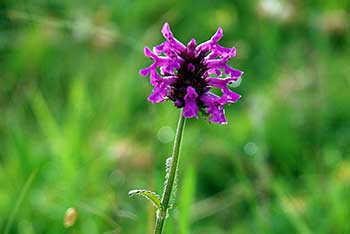Westonbirt Arboretum Downs Vegetation Survey update
Back in June Matt Parratt from Forest Research and a team of volunteers completed the first stage of a comprehensive survey of the vegetation communities and plant species of the Downs.
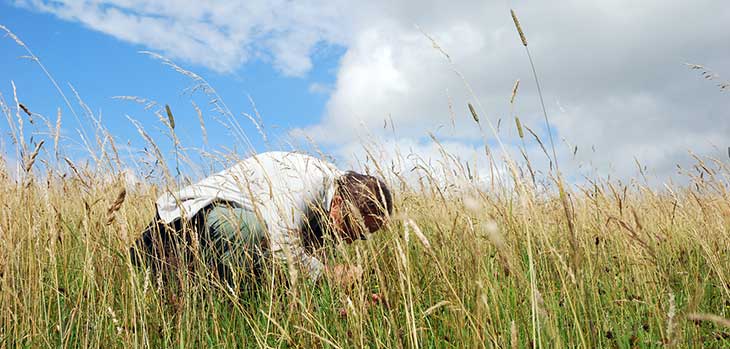
From the data gathered we were able to show that the vegetation communities vary across the site and are closely associated with topography.
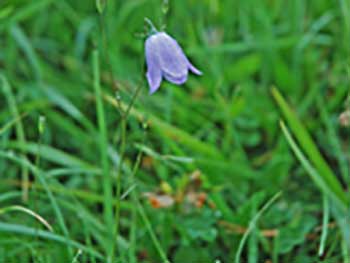
The area along the middle of the slope in the grazed fields had the greatest species richness and is a good example of the calcareous grassland typical of the Cotswold escarpment.
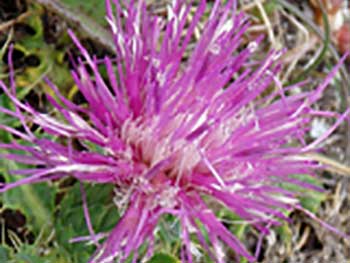
This habitat has suffered a dramatic reduction in quantity and quality in the last 50 years and was a priority habitat under the former UK Biodiversity Action Plan (BAP).
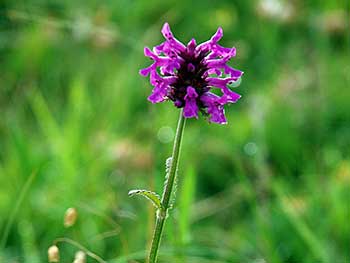
In contrast the flatter areas at the top and bottom of the slope were slightly less species rich and more in keeping with lowland meadows, another former UK BAP habitat.
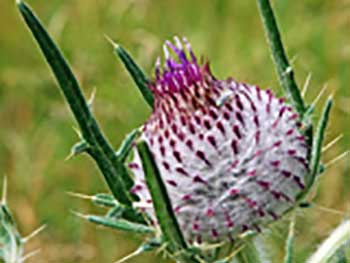
The area of the current car-park which will be restored had the lowest species diversity – just eight species were present!
Nine species were new records for the site, including two diminutive species which are easily over-looked: Spring sedge (Carex caryophyllea), and Fern grass (Catapodium rigidum).
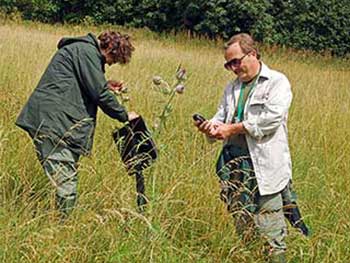
Spring sedge is a classic species of calcareous grassland, as is Crested hair-grass (Koeleria macrantha), another of the new records for the site.
Given the seasonal nature of plants it is important to re-survey sites at different times of year to capture a true picture of the vegetation present.
Phase two of the vegetation surveys was carried out over three days between 30 July and 1 August 2012. Apart from a few light showers on the 31 July, the weather was a lot more encouraging than the downpours we had for the first survey.
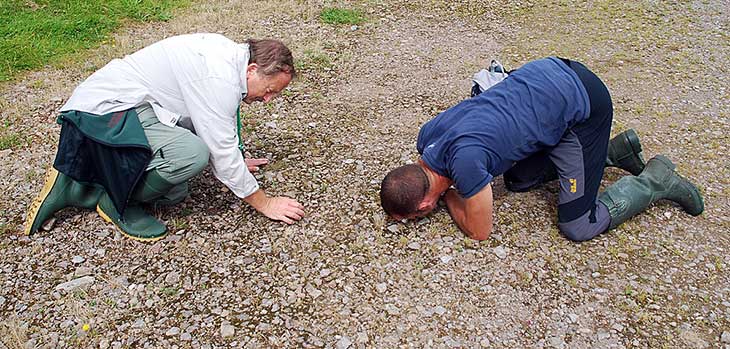
A total of 191 species were recorded during the June survey, approximately 6.5% of the total UK flora – an impressive number for a relatively small area.
The August survey added a further 46 species to the list for the Downs, a total of 237 species.
Additions included Meadow oat-grass (Avenula pratensis), Yellow oat-grass (Trisetum flavescens), Harebell (Campanula rotundifolia) and Spiked sedge (Carex spicata) on the grazed area.
Two unexpected species were Horse-radish (Armoracia rusticana), and Great burnet saxifrage (Pimpinella major) which were found growing in the longer grass surrounding the concert area.
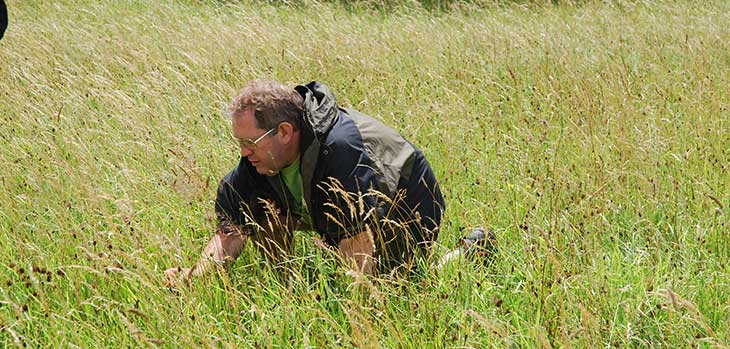
Flowers such as Devil’s bit scabious (Succisa pratensis) and Autumnal hawkbit (Scorzoneroides autumnalis) were previously tentatively identified from basal leaves only. This time around they were in flower making it easier to confirm their identity.
This latest set of data will be combined with that from the earlier survey and a final report submitted to the Westonbirt Arboretum management team by the end of September.
The results will be used to decide the initial target grassland type for the restoration of the current car-park, and also inform how the restoration is achieved.
Watch this space for updates!
Useful information
Find out more about the Westonbirt Project
See the images in this blog in more detail on Facebook
June vegetation survey: get the volunteer view
